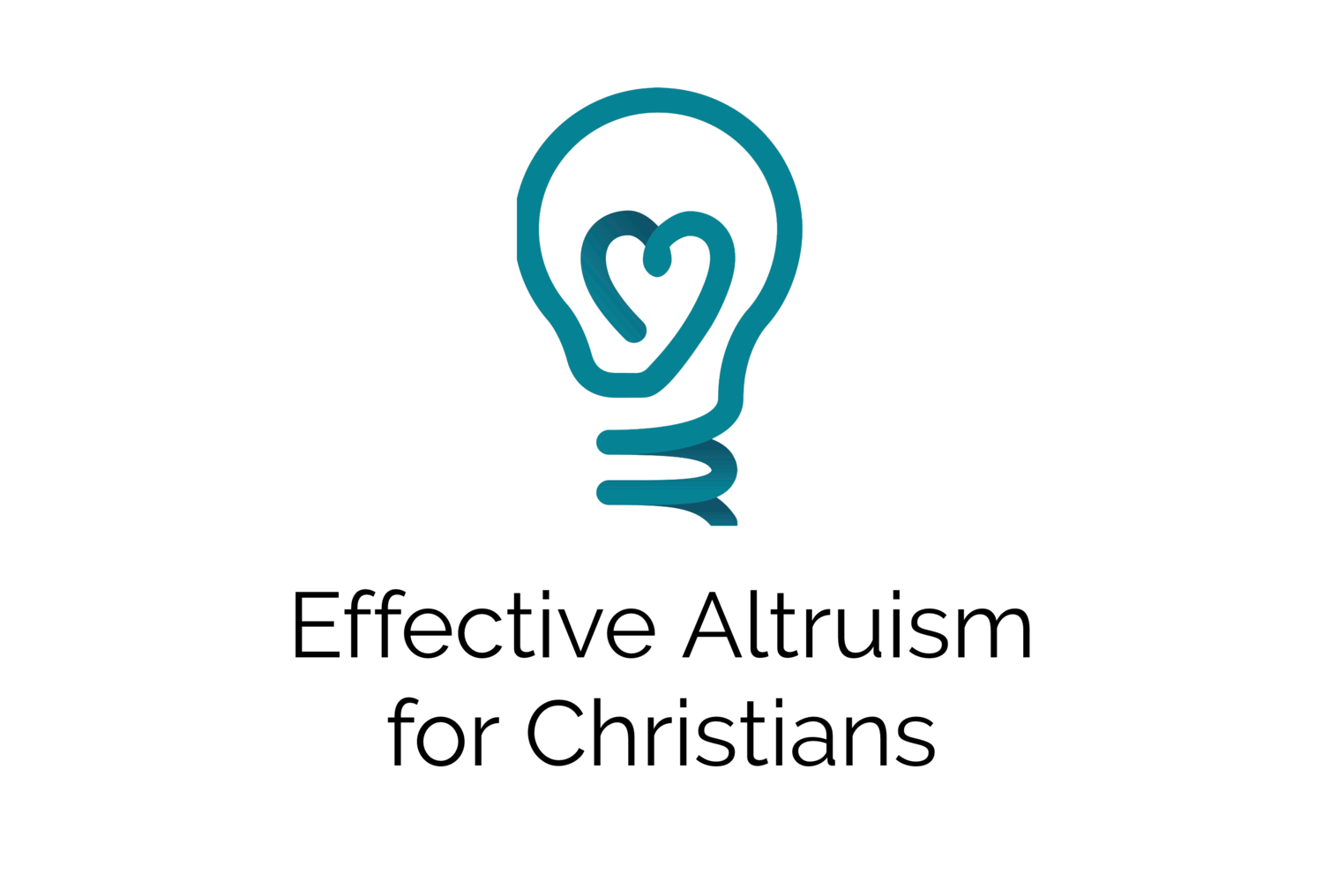
Effective Altruism:
The Movement
Effective altruism isn't one organization, it's a broad community of people working on a diverse set of evidence-based projects with a common goal of doing the most good possible.
The community is made up of:
Thousands of individuals from hundreds of cities and dozens of countries.
Local groups, such as EA Washington D.C. or EA Singapore
Affinity groups, such as Effective Altruism for Christians.
Organizations aligned with EA, such as 80,000 Hours or Giving What We Can.
Regular conferences called “EAG” or “EAGx” for collaborating on EA projects.
Cause Areas
The four key cause areas within Effective Altruism are fighting extreme poverty, addressing animal suffering, improving the far future and building the EA movement.
Fighting Extreme Poverty
Neglected diseases associated with extreme poverty such as malaria kill millions of people every year. There is strong evidence that various interventions can help (it currently costs about $4,500 to save a life).
Improving health doesn’t just avert sickness and death; it enables people to access education and work, giving them better opportunities later in life.
GiveWell is the leading evaluator of global health programs.
Addressing Animal Suffering
Industrialised agriculture has put billions of animals in horrendous conditions. It is relatively cheap to reduce the demand for factory-farmed meat or to support policies that improve the welfare of farmed animals.
The leading evaluator for charities that improve animal welfare is Animal Charity Evaluators (ACE).
Note: Some Christians in EA think we should prioritize human causes over animal causes. See further below on how EA chooses causes, and here for one community member’s perspective on animal welfare.
Improving the Far Future
The future is vast and the potential for a number of people to exist in the future is many times the number alive today.
But this future is threatened by climate change, nuclear war, and emerging technologies like advanced artificial intelligence and pandemics. Collectively, the world spends more on ice cream than on preventing existential risk.
Oxford University’s Future of Humanity Institute is a good place for more information regarding safeguarding humanity’s future.
Note: Some Christians in EA think we should trust the long-term future to God. See further below on how EA chooses causes, and here for one community member’s perspective on the far future.
How The EA Movement Selects Causes
The EA movement has looked at many cause areas (e.g. environmentalism, poverty, human rights advocacy, etc.) with the aim to evaluate the cause areas most likely to yield the largest impact. This analysis is ongoing, especially through groups like GPI and the EA forum.
Not all Christians in Effective Altruism focus on one of these four cause areas. Nonetheless, we encourage Christians to select causes based on EA principles of cause neutrality and the ITN framework, and charities based on effectiveness.
Cause Neutrality
A key guiding principle for selecting causes is cause neutrality, or more specifically, cause-impartiality. This is the idea that we should select causes based on impartial estimates of impact.
ITN Framework
Another guiding principle is the ITN framework. ITN stands for importance, tractability, and neglectedness. It is a helpful heuristic for comparing between cause areas for allocating resources on the margin (for instance, dedicating one’s career to global poverty versus animal welfare). The rule encourages us to prefer causes that are large in scale, solvable, and neglected.
Closing Thoughts
The Effective Altruism movement is largely secular. While there are tensions between the philosophy of effective altruism and the Christian faith, we encourage you to explore them with us on our discussion blog and forum. We remain confident that effective altruism is an invaluable tool for Christians who want to wisely steward their limited God-given resources.
If you are interested in exploring these ideas further or putting them into practice, we encourage you to take action.
— Written by JD Bauman & Caleb Parikh 


